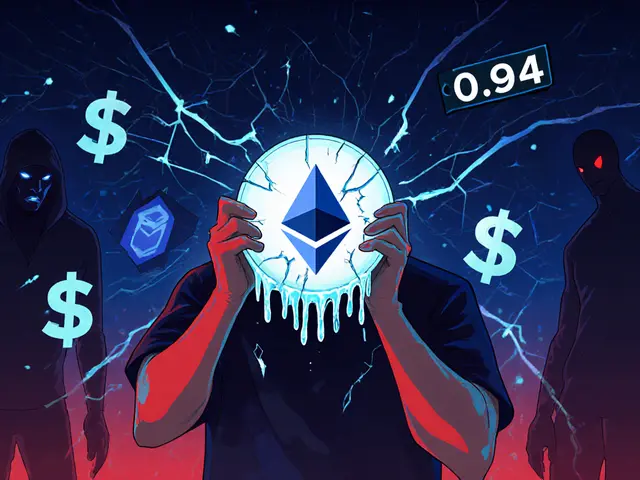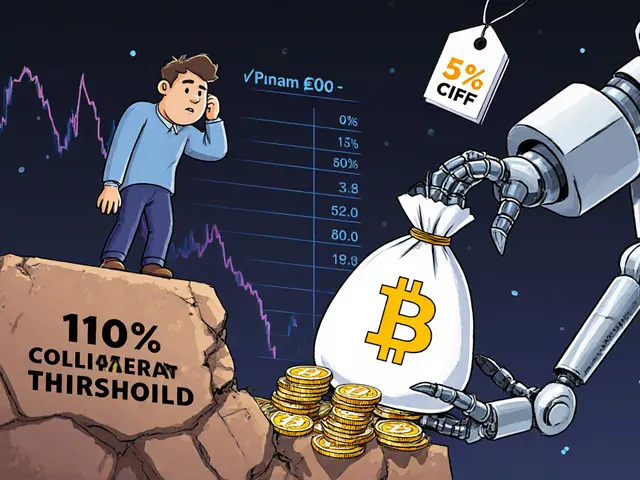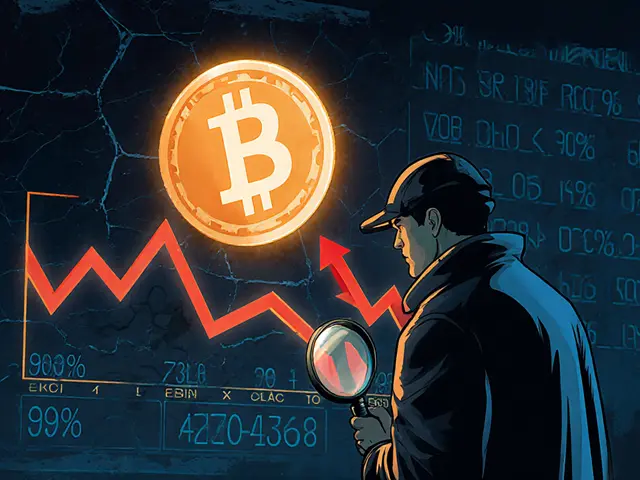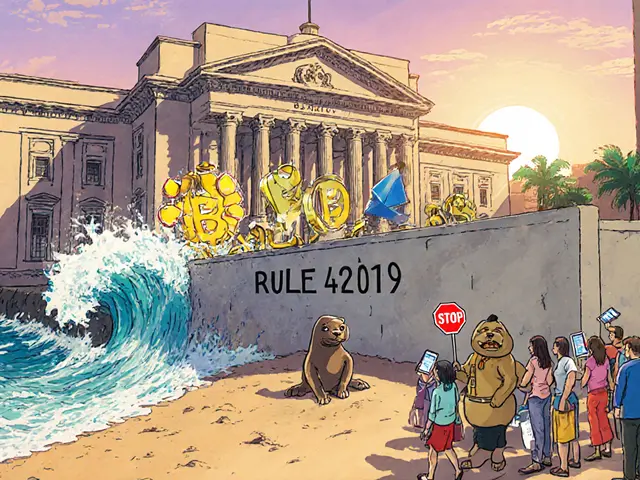Unspendable BTC: What It Is, Why It Matters, and How It Shapes Bitcoin
When you hear unspendable BTC, Bitcoin that has been permanently locked and cannot be moved by anyone. Also known as lost Bitcoin, it’s not a glitch—it’s a fundamental part of how Bitcoin works. These coins aren’t stolen. They aren’t frozen by regulators. They’re just gone—keys deleted, drives crashed, wallets forgotten. And they’re not rare. Estimates suggest over 20% of all Bitcoin may be unspendable. That’s more than 4 million BTC sitting idle, forever out of reach.
Unspendable BTC isn’t just a statistic—it changes how Bitcoin behaves. Every coin that’s lost reduces the circulating supply, which can push prices higher over time as demand stays steady or grows. It also reinforces Bitcoin’s scarcity, a core part of its value proposition. But here’s the twist: unspendable BTC isn’t always accidental. Some coins are intentionally locked through protocol-level rules, like the 1 BTC sent to the infamous genesis block address or outputs with invalid scripts. These aren’t lost—they’re designed to be unmovable. Then there’s the human side: early adopters who died without passing on private keys, people who threw away hard drives thinking they were junk, or those who used weak passwords and forgot them. These aren’t failures of tech—they’re failures of human behavior.
Related to this are Bitcoin supply, the total amount of Bitcoin ever created, minus coins that are permanently inaccessible, and locked BTC, a broader term that includes both lost coins and those intentionally held in non-spendable addresses. These aren’t just technical terms—they’re economic forces. When people talk about Bitcoin’s fixed cap of 21 million, they’re really talking about 21 million minus whatever’s unspendable. That’s why analysts track unspendable BTC—it tells you how much is actually available to trade, use, or invest in. And it’s why some believe Bitcoin’s real scarcity is even higher than the headline number suggests.
What you’ll find in the posts below isn’t a list of how to recover lost coins (because you can’t). Instead, you’ll see real-world examples of how unspendable BTC shows up in regulation, exchange policies, and market behavior. From Vietnam’s crypto rules that ignore lost coins to exchanges that refuse to list tokens tied to dead wallets, the impact is everywhere. You’ll also see how projects misrepresent supply numbers by including unspendable BTC in their stats—and how to spot those tricks. This isn’t theory. It’s money that’s gone. And it’s shaping Bitcoin’s future more than most people realize.






